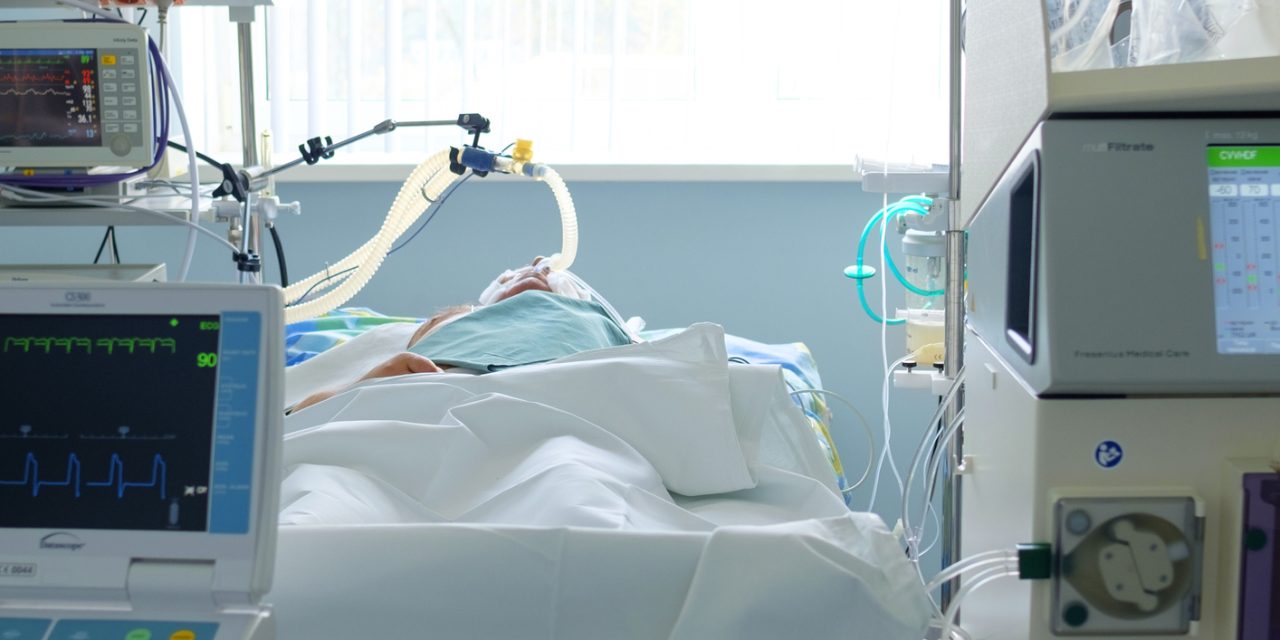To study the clinical profile, complications, antibiotic resistance pattern, treatment, and outcome of out-born neonates with Acinetobacter spp. sepsis admitted in Pediatric emergency of a tertiary care hospital in North India.
In this subgroup analysis of a prospective study (conducted over 1 y, February 2018 through January 2019), neonates with Acinetobacter spp. sepsis were included. The data collection included demographic details, clinical features, pre-referral treatment, complications, antibiotic resistance pattern, treatment, and final outcome.
Acinetobacter spp. accounted for 10.6% (43/406) of all isolates and 22.7% (43/189) of Gram-negative isolates. The median (IQR) age at presentation was 1 (1-2) d, 2/3rd were male, and 46.5% were preterm. All were admitted in peripheral hospitals before referral to authors’ centre and all received intravenous antibiotics and fluids. The resistance to different antibiotics was: Ciprofloxacin 82%, cephalosporins 78-100%, amikacin 75%, pipercillin-tazobactum 62%, carbapenems 50-85%, chloramphenicol 83%, and tetracycline 50-60%. All isolates were sensitive to colistin. The survival rate was 37.2% (n = 16) and 62.8% (n = 27) had poor outcome [death and Left against medical advice (LAMA)]. Higher proportion of neonates with Acinetobacter sepsis had septic shock, multi-organ dysfunctional syndrome (MODS), and disseminated intravascular coagulation (DIC); and higher proportion required mechanical ventilation, vasoactive drugs, and had poor outcome compared to those with sepsis due to other organisms.
Acinetobacter spp. accounts for high burden of sepsis among out-born neonates and is associated with alarmingly high resistance to cephalosporins, fluroquinolones, aminoglycosides, pipercillin-tazobactum, tetracyclines, and carbapenems. Neonates with Acinetobacter spp. sepsis had higher rates of complications, requirement of mechanical ventilation and vasoactive drugs, and poor survival.
Acinetobacter Sepsis Among Out-born Neonates Admitted to Neonatal Unit in Pediatric Emergency of a Tertiary Care Hospital in North India.


